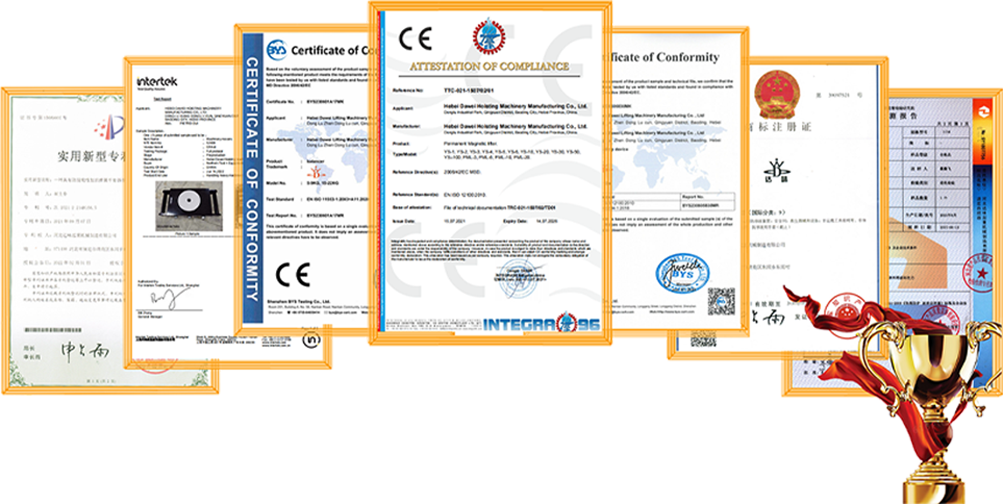industrial gantry
Industrial Gantries Revolutionizing Material Handling in Manufacturing
In the ever-evolving landscape of industrial manufacturing, efficiency and precision are paramount. Among the various tools that enhance these qualities, industrial gantries stand out as vital equipment designed for lifting, moving, and positioning heavy materials with precision. These structures, often characterized by their robust framework and versatility, have become integral to various industrial operations, from automotive assembly lines to metal fabrication and beyond.
What is an Industrial Gantry?
An industrial gantry is a type of machinery that consists of a large framework, typically supported by two or more legs, which allows it to traverse horizontally across a workspace. Depending on the application's requirements, the gantry can be fixed to a specific location or mobile, enabling it to move materials over considerable distances. Gantries can be equipped with cranes, hoists, or other lifting mechanisms to facilitate the handling of heavy loads.
Design Versatility
One of the most appealing aspects of industrial gantries is their design versatility. They can be customized in height, width, and lift capacity to meet specific operational needs. Common styles include single girder and double girder gantries—the former typically representing a lighter load capacity, while the latter is suited for heavier loads. Manufacturers can also design gantries to accommodate various rail systems, allowing for fluid interaction with other machinery, such as conveyor belts and robotic systems.
Applications Across Industries
Industrial gantries find applications across numerous sectors, demonstrating their versatility. In construction, they are used to lift prefabricated components into position, facilitating faster building times. In manufacturing, gantries help streamline the assembly process by moving components from one station to another with great efficiency. The automotive industry, in particular, has capitalized on gantry systems, using them to transport car bodies throughout assembly lines, thus improving production timelines.
Moreover, the shipping industry utilizes gantry cranes to load and unload containers from cargo ships in ports, showcasing their importance in global trade. Their ability to lift thousands of pounds with precision allows for safe and effective management of heavy goods, ensuring that operations run smoothly and efficiently.
Enhancing Safety and Ergonomics
industrial gantry

Safety in industrial environments is of utmost importance. Gantries significantly enhance workplace safety by minimizing the risk of manual lifting and the associated injuries. Automated systems reduce the physical burden on workers, allowing them to focus on other critical tasks without the constant strain of heavy lifting.
Moreover, gantries can be equipped with advanced technology, including remote controls and sensors, enhancing operational safety. Features such as overload protection and emergency stop systems protect both workers and the equipment, fostering a safer work environment. By incorporating such technologies, industries can adhere to safety regulations more effectively while also boosting productivity.
Sustainability Considerations
As industries worldwide shift toward more sustainable practices, gantry systems are being designed with energy efficiency in mind. Electric gantry cranes are becoming increasingly popular due to their lower carbon footprint compared to diesel-powered alternatives. Additionally, by optimizing material handling processes, gantries can minimize waste and enhance resource management in manufacturing facilities.
The Future of Industrial Gantries
The future of industrial gantries is likely to intertwine with advancements in automation and artificial intelligence. As factories adopt Industry 4.0 principles, incorporating smart technology into gantry systems will enable real-time data analysis and predictive maintenance. Such innovations will not only improve the efficiency of gantry systems but also extend their operational lifespan and further enhance safety protocols.
Moreover, as businesses focus on lean manufacturing principles, the demand for flexible and adaptable material handling solutions like gantries will only increase. The continuous evolution of gantry systems, driven by technological advancements and changing industry requirements, heralds a promising future for this crucial aspect of industrial operations.
Conclusion
In conclusion, industrial gantries are indispensable tools that have transformed material handling in manufacturing and various other sectors. Their design versatility, emphasis on safety and ergonomics, and evolving technology make them critical to improving operational efficiency. As industries look to the future, embracing sustainable practices and innovative solutions will ensure that gantries remain at the forefront of industrial progress. Whether lifting heavy components or streamlining production processes, industrial gantries will continue to play a vital role in shaping the future of manufacturing.
-
Unlock Seamless Relocation with Our Heavy Equipment Moving ExpertiseNewsJun.06,2025
-
Unleash Unrivaled Flexibility with Our Adjustable Gantry CraneNewsJun.06,2025
-
Unleash Heavy-Duty Efficiency with Our Industrial Gantry Crane SolutionsNewsJun.06,2025
-
Revolutionize Steel Handling with Our Magnetic Lifter RangeNewsJun.06,2025
-
Master Equipment Mobility with Premium Machinery Mover SolutionsNewsJun.06,2025
-
Elevate Your Material Handling with Magnetic Lifter TechnologyNewsJun.06,2025
-
YS Permanent Lifting Magnets: The Smarter Way to Handle SteelNewsMay.22,2025
